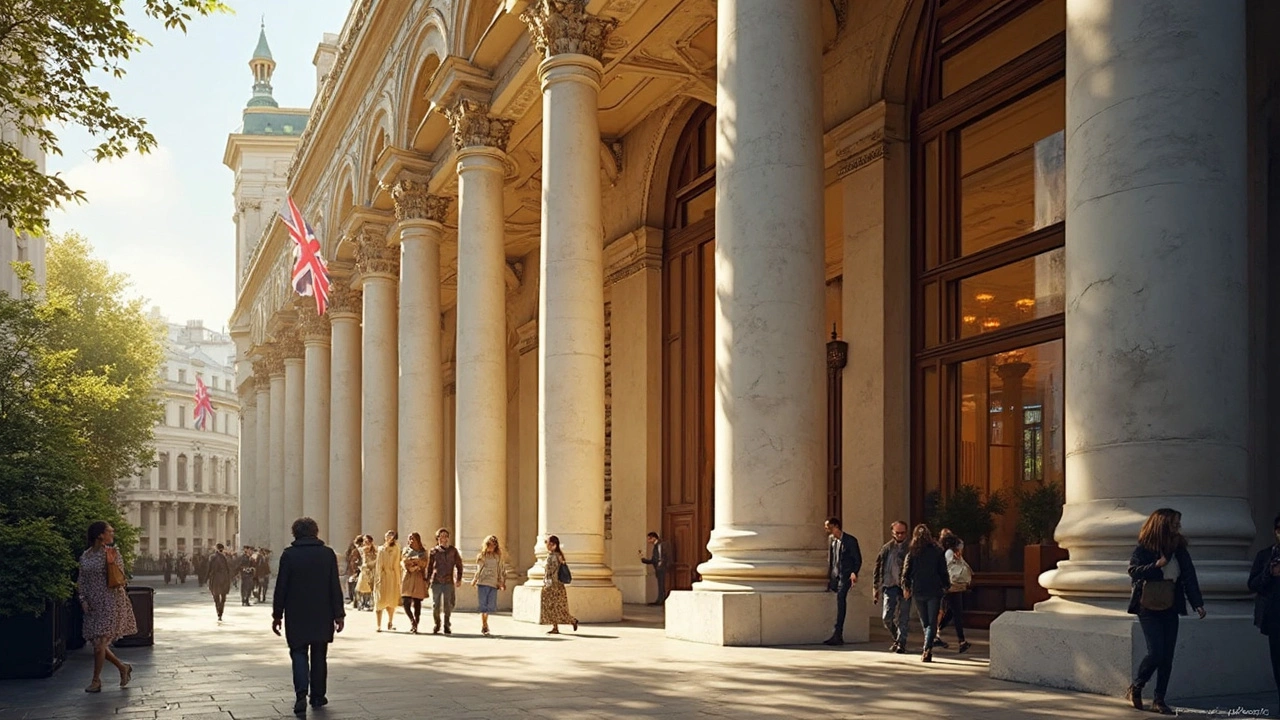Baroque features: how to spot Baroque architecture and design
Baroque buildings grab your attention because they push drama, movement, and surprise. If you want quick ways to identify Baroque style, focus on three things: bold shapes, lavish decoration, and controlled chaos that still feels planned.
Common Baroque Elements
Look for curved facades and oval spaces rather than strict rectangles. Baroque architects favored sweeping staircases, domes with layered drums, and facades that step forward and back to catch light. Interiors burst with frescoes, gilded stucco, heavy sculptural groups, and ceiling paintings that seem to open to the sky. Columns and pilasters are often paired or used in broken orders; classical elements appear but are stretched and dramatized. Light is used like a tool — deep shadows and bright highlights create a theatrical stage for statues and altarpieces.
Baroque designers mixed materials to heighten contrast: marble, stucco, gold leaf, colored stone, and painted plaster. Look for rich textures and layered details: garlands, putti (little cherub figures), cartouches, and twisted columns called Solomonic columns. Ornament is rarely flat; it bursts into three dimensions and often tells a religious or political story. Even doorways and windows are framed with movement — exaggerated keystones, waved pediments, or broken entablatures.
How to Recognize Baroque in Cities and Homes
In city squares, Baroque planning aimed to guide crowds and views. Wide piazzas with radiating streets, churches placed at dramatic focal points, and long sightlines that reveal a dome or facade slowly are typical. In palaces, expect reception rooms arranged to impress: grand staircases, state rooms aligned along an axis, and ceremonial routes that stage arrival. For smaller homes, Baroque influence shows up in decorative interiors, mirror placement to bounce light, and plasterwork that frames ceiling paintings.
Compared with Renaissance calm and balance, Baroque leans into motion and surprise. Compared with Rococo, Baroque is more monumental and theatrical, though late Baroque can feel playful. If a building makes you feel led from one space to the next, that's often a Baroque trick.
Stand back and watch how light hits the facade at different times of day. Walk around the building to notice how the facade changes. Step inside and look up first — ceilings often carry the main statement. Notice whether ornament serves a story or is purely decorative; Baroque tells stories. Take photos from the same spot while moving to see the staged perspective.
Spot examples on your next trip: St. Peter’s Basilica and Piazza in Rome show how scale and light work together. Bernini’s churches and fountains mix sculpture and architecture for drama. Borromini’s San Carlo alle Quattro Fontane bends classical rules with curves and tight spaces. In France, parts of Versailles use Baroque planning to stage power. Seeing a few of these will train your eye fast.
Try it today.

Baroque Architecture: Legacy and Impact on Modern Design
Baroque architecture isn’t just about fancy churches and palaces from centuries ago—it’s shaped more of today’s buildings than most people realize. This article breaks down exactly how baroque ideas and styles have slipped into modern design, from fat columns in city halls to interiors that feel dramatic and bold. You’ll get real-life examples, fun facts, and design tips inspired by this old-school but surprisingly current style. Love grand staircases or bold contrasts in architecture? You'll see where those ideas came from. Whether you’re into history, interiors, or just cool buildings, there’s something here for you.
Read more